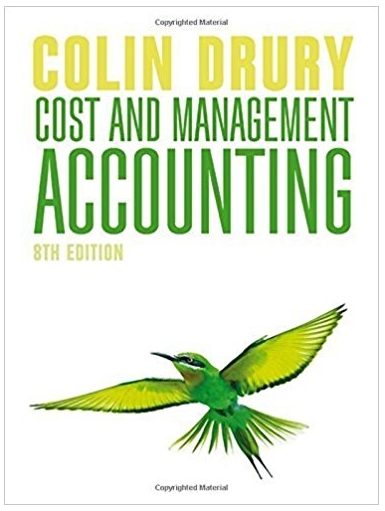Answered step by step
Verified Expert Solution
Question
1 Approved Answer
Watson Foods processes bags of organic frozen fruits sold at specialty grocery stores. (Click the icon to view additional information.) Read the requirements. Requirement

Watson Foods processes bags of organic frozen fruits sold at specialty grocery stores. (Click the icon to view additional information.) Read the requirements. Requirement 1. How much variable overhead would have been allocated to production? How much fixed overhead would have been allocated to production? The variable overhead allocated to production is Now determine the fixed overhead allocated to production. The fixed overhead allocated to production is Requirement 2. Compute the variable MOH rate variance and the variable MOH efficiency variance. What do these variances tell managers? Begin by determing the formula for the variable MOH rate variance, then calculate the variable overhead rate variance. (Enter the result as a positive number. Enter rates to two decimal places. Label the variance as favorable (F) or unfavorable (U).) Variable overhead rate variance Requirements 1. How much variable overhead would have been allocated to production? How much fixed overhead would have been allocated to production? 2. Compute the variable MOH rate variance and the variable MOH efficiency variance. What do these variances tell managers? 3. Compute the fixed MOH budget variance and the fixed overhead volume variance. What do these variances tell managers? This variance tells managers that Watson Foods actually incurred on variable manufacturing overhead than they would have expected given the actual hours used. Now determine the formula for the variable MOH efficiency variance, then calculate the efficiency variance. (Enter the result as a positive number. Enter any rates to two decimal places. Label the variance as favorable (F) or unfavorable (U).) This variance tells managers that Watson Foods used Variable overhead ) = ) = efficiency variance direct labor hours than anticipated for the actual volume of output. Print Done Requirement 3. Compute the fixed MOH budget variance and the fixed overhead volume variance. What do these variances tell managers? Begin by determing the formula for the fixed MOH budget variance, then calculate the fixed budget variance. (Enter the result as a positive number. Label the variance as favorable (F) or unfavorable (U).) This variance tells us that Watson Foods spent than anticipated on fixed overhead costs. Fixed MOH = budget variance Now determine the formula for the fixed overhead volume variance, then calculate the volume variance. (Enter the result as a positive number. Label the variance as favorable (F) or unfavorable (U).) Fixed MOH = volume variance More info The company allocates manufacturing overhead based on direct labor hours. Watson has budgeted fixed manufacturing overhead for the year to be $634,000. The predetermined fixed manufacturing overhead rate is $16.60 per direct labor hour, while the standard variable manufacturing overhead rate is $0.80 per direct labor hour. The direct labor standard for each case is one-quarter (0.25) of an hour. The company actually processed 166,000 cases of frozen organic fruits during the year and incurred $677,360 of manufacturing overhead. Of this amount, $642,000 was fixed. The company also incurred a total of 41,600 direct labor hours. This variance tells managers that Watson Foods produced cases of frozen organic fruits than originally expected. Print Done
Step by Step Solution
There are 3 Steps involved in it
Step: 1

Get Instant Access to Expert-Tailored Solutions
See step-by-step solutions with expert insights and AI powered tools for academic success
Step: 2

Step: 3

Ace Your Homework with AI
Get the answers you need in no time with our AI-driven, step-by-step assistance
Get Started


